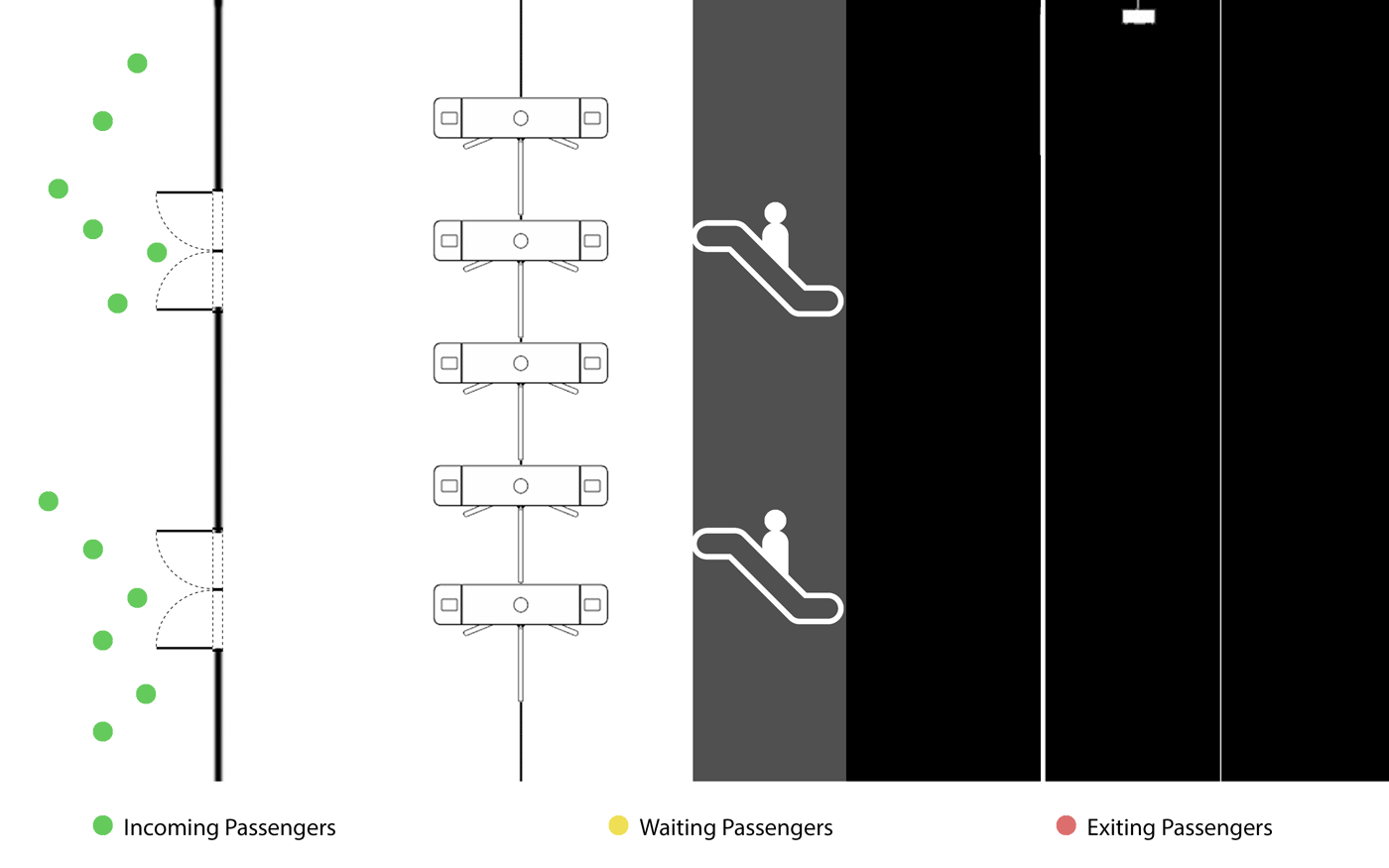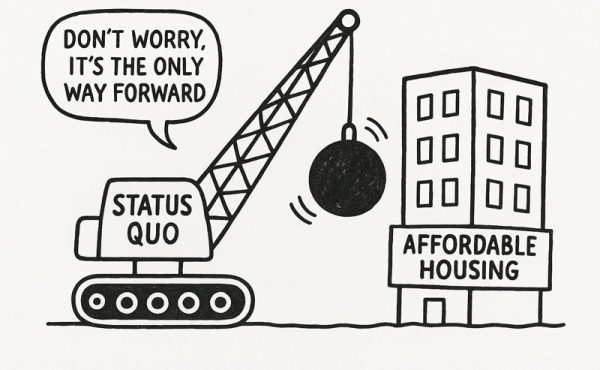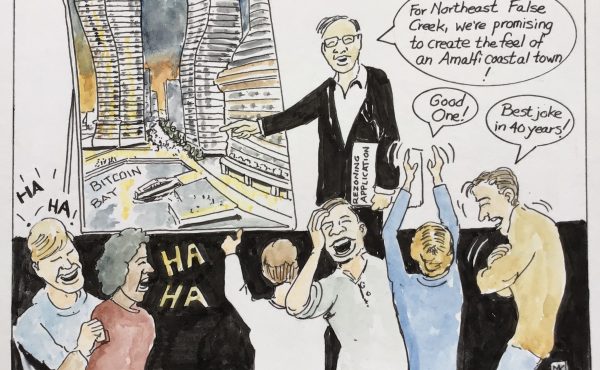The Problem and Scale
The International Association of Public Transport, reported 53 billion passengers relying on mass transit systems globally in 2017. On the one hand, a crowded system is pushing for more efficiency. On the other, exceptional regulations due to Covid-19 are calling for more social distancing. Reconciling these two opposing forces requires creative adjustments to the current system. Thus, this proposal occurs through technological interventions coupled with design enhancements.

Technological Interventions
There are efforts to minimize crowding at stations. Passengers are encouraged to purchase their tickets online through mobile applications or use stored value cards. This reduces potential bottlenecks at train platforms during rush hours.
Earlier this month, Translink announced their collaboration with Transit App to offer predictions on empty bus seats based on historical ridership data. Now imagine a scenario where users can access real-time data that is accurate and up-to-date.
The key to this scenario is in integrating sensor-based counters at fare gates which limit the number of passengers in each station. These counters only allow passengers through if there is space on the platform to safely wait. Meanwhile, the sensors feed real-time data to mobile apps such as: Google maps, and Rocketman app for users to plan their trips ahead.
The same infrastructure can provide data on passenger’s exit location; the missing puzzle piece for implementing a distance-based fare system. According to TransLink, this system is “simple, fair, and affordable” since passengers pay relative to their usage rather than a flat-rate.
This simple technological upgrade can help riders plan a streamlined trip, reduce chances of virus transmission, and ensure the economical viability of the system. A win-win situation for everyone!

Design Enhancements
Currently, personal safety regulations require passengers to wear masks and sanitize hands; nevertheless, some people remain afraid of virus transmission within enclosed spaces. However, studies show that the ventilation system in a typical subway car is better than that in schools and offices. Where, typically, air inside trains gets fully replaced every 3.3 minutes.
Additionally, to combat transmission through high-touch surfaces in the subway system, cities and train operators published guides outlining the frequency of cleaning and disinfecting high-touch surfaces in the system. Preceding studies show that copper is naturally an antimicrobial material. Translink piloted a program to test using copper on transit surfaces; results show 99.9% of all bacteria is killed within one hour of contacting the surface.
This is useful not only for the current pandemic crisis but also to combat other viruses in any and all public spaces. The use of proper ventilation and copper prove to be beneficial for the general public health.
Design for Inclusivity
Ultimately, as we develop our mobility systems we should aspire to design for inclusivity. That is, as we limit access to crowded stations, there should be overspill space for waiting outside the stations. Moreover, it is equally important to consider including those who don’t have access to phones or the internet.
Above all, in this never-ending development process, the next time you ride transit remember that you are part of a larger system!
***
Special thanks to Omar Megawer, Kamal Ezz, Menna Darwish, and Lina Serry for their valuable input.
**
Aya Abdelfatah is a city dweller, an Urban Designer with an Architecture background, and an activist with interest in social equity through design.
Islam (Sam) Ibrahim is the co-author of Urban Reflections. He has a Master of Urban Design from the University of British Columbia and a Bachelor of Architecture Engineering from the American University in Cairo.
Urban Reflections is a series that sheds light on the degree of resilience of cities as revealed by the pandemic in a way that contributes to a constructive dialogue so that social justice prevails in the future of our urban life.




